Émotions & decision-making in a vuca world

Estimated reading time: 3 min.
This week was the first one of COVID-19 confinement in Paris. Weird times. Passionating times. Great times for thinking and writing. Good times for decision-making?
THE IMPORTANCE OF DECISION-MAKING IN A VUCA WORLD
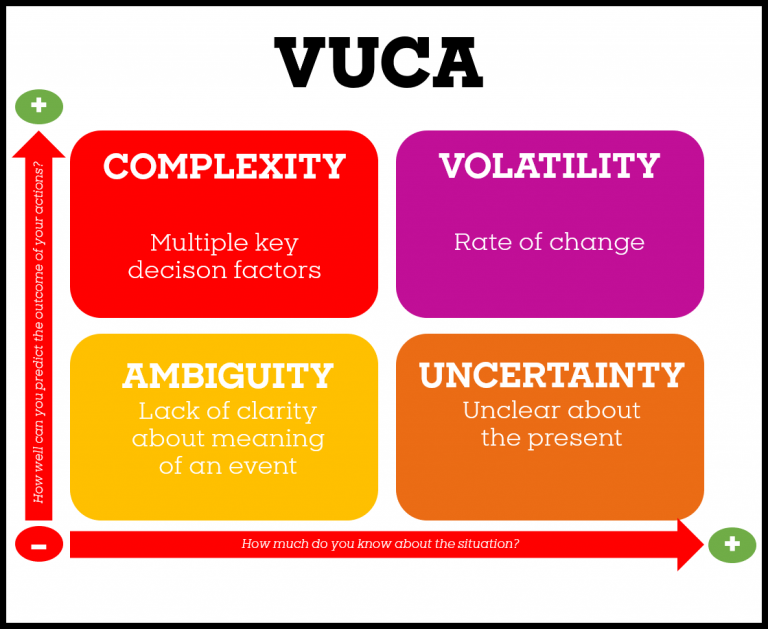
OK let’s start with a small virtual ice-breaker. Please raise your finger if you have the feeling that the progress of the world escapes you. You can do it discreetly, in front of your screen. If you raised your finger, I can reassure you: it’s a fairly general feeling. At the end of the Cold War, the American military, who are very creative people and who raised their finger long before us, chose the acronym « VUCA » to describe this phenomenon. VUCA is a world that has become VOLATILE, UNCERTAIN, COMPLEX and AMBIGUOUS.
Deciding is an art. Managers and leaders are meant to decide and supposed to make the « right decisions ». Each life is a sum of decisions that we make, more or less important and founding. As an example, our diet alone requires an average of 227 decisions per day (Wansink & Sobal, 2007).
So, the question is : what’s the right place for emotions in decision-making in a VUCA world?
BEWARE THE HYPERTROPHY OF RATIONALITY (EVEN AROUND A VIRUS).
Do you know Phineas Gage? In the 19th century, the brain of this railway worker had been seriously injured but he kept most of his intellectual faculties. It looks like a miracle! Nevertheless, the brain zone of emotions had been damaged. Consequently, he was left simply unable to make a decision.
Antonio Damasio, a Portuguese neuroscientist, used his case in his book Descartes’ Error: Emotion, Reason, and the Human Brain (1994) to show that emotions are a fundamental input to rationality. Emotions are everywhere, whether you like it or not. So please, never pretend that you’re a cold blood rational corporate freak. Any decision is led or at least biased by your feelings and emotions. Body and mind are interconnected. And a virus is not only a medical affair, but also an ethical affair.
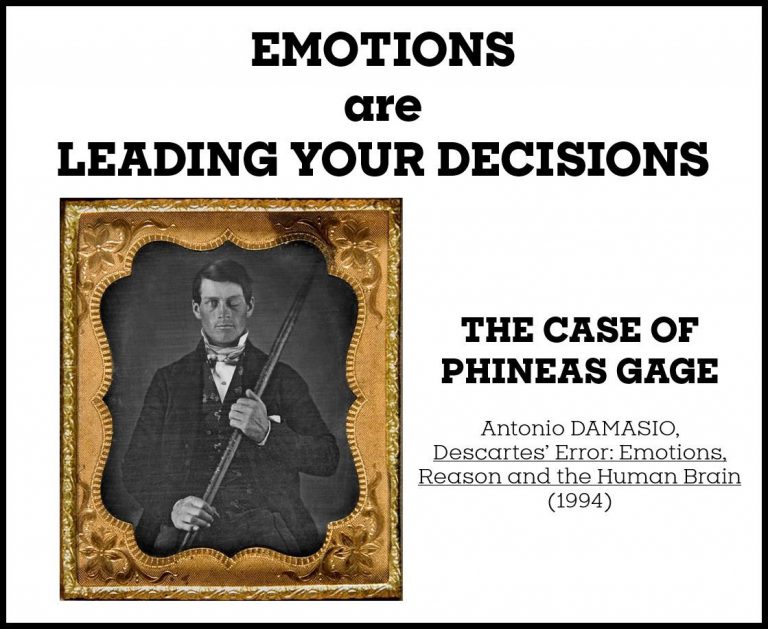
LEAVE SPACE FOR EMOTIONS, BUT DON’T LET THEM CHOOSE FOR YOU (OR VOTE)
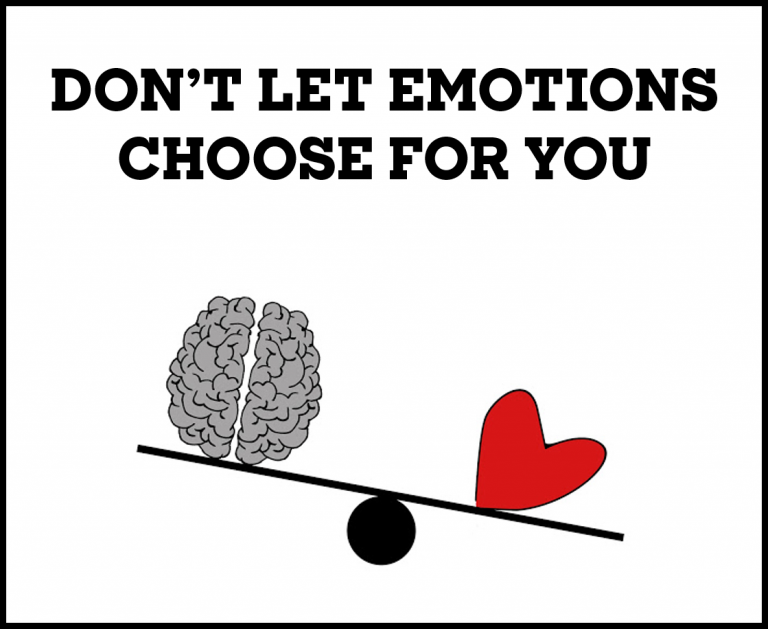
Emotions are sometimes very bad advisors. When you’re feeling really sad, bored, angry, afraid, disappointed, you should probably differ decision-making and focus on… your emotion. And you know what? Positive emotions are also badly interfering sometimes, for example if this sales person is funny or likeable 🙂
Emotions should be accepted, they are part of the game and should not be avoided. Let’s use them as a complement to other ways of thinking and judging. Here are 2 concrete tips to help us about that.
TIP #1 = BE EMORATIONAL & MINDFUL.
You have to make a decision on a tricky problem. First step, focus on rationality and second step, focus mainly on your emotions.
– start by gathering as much information as possible. Preferently do this as a team and share, share, share: you will feel the magic of collective intelligence.
– then, generate ideas, different options and potential decisions you could make.
– evaluate them based on a few clear choice criteria. Nota bene: it’s really important that you define them upstream, before idea generation.
– and finally, create a space for emotions… When the rational choice is almost done, each team member can isolate in a cosy and calm environment, why not in the dark… and will focus on emotions that come naturally when thinking at the different options. Positive or negative emotions? Which ones? Why? How can we improve or adapt to feel more comfortable? Should we make another decision? Share, Listen, Improve to make in the end a decision coming from both your reason and emotions.
TIP #2 : EMOTIONS AS ANOTHER WAY OF THINKING (EDWARD DE BONO)
Do you know the 6-hats thinking method by Edward De Bono, a Maltese American physician and psychologist?
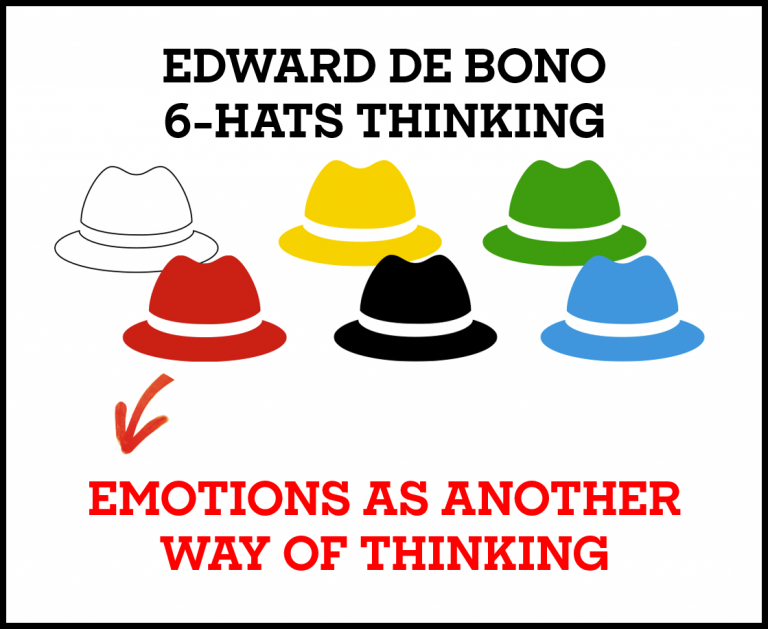
De Bono proposes to use « lateral thinking », focusing on one specific type of thinking at a time:
-RED HAT = intuition and emotions, expressing feelings without caring about the law of logic
-WHITE HAT = facts and figures
-BLUE HAT = organizing and giving new directions, changing the angle of thinking
-GREEN HAT = new propositions, creativity, propose alternatives
-YELLOW VS BLACK HAT = optimist VS pessimist, opportunities VS risks…
You can use the 6-hats thinking method for collective ideation, for ideas enrichment and selection, and much much more! What I like and value in this method, is that emotions are considered as a type of thinking, they are entitled to express themselves and assert themselves in a decision-making process.
To conclude, I’d like to say that emotions and rationality look like a « double competence » that is damn useful in decision-making. And even more in a VUCA world. My colleague Herve Collignon told me that emotions definitely help us define a VISION, with more UNDERSTANDING, a good level of CLARITY and AGILITY, which looks like the right answer in a VUCA world. So, in these troubled times more than ever, let’s use both reason and emotions. Empathy is a good one.
Jean.
Want to know more about Altermakers network? Come and visit us.




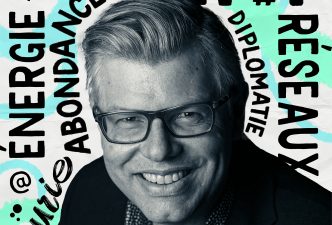
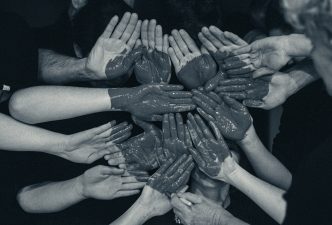
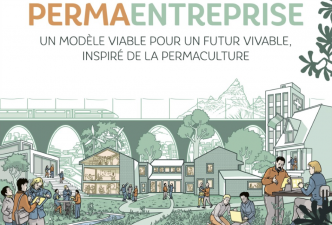



Commentaires